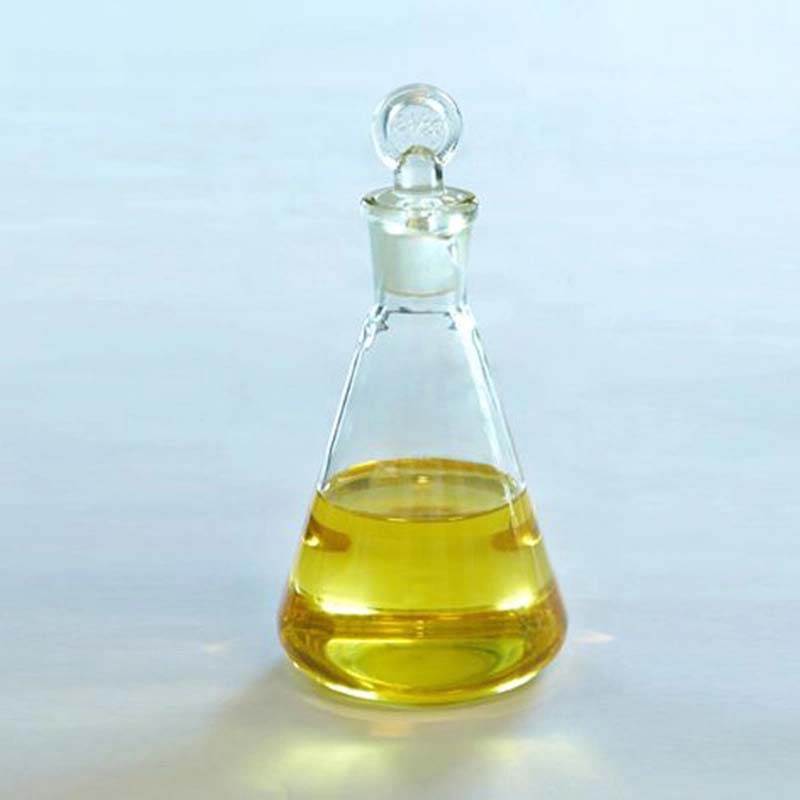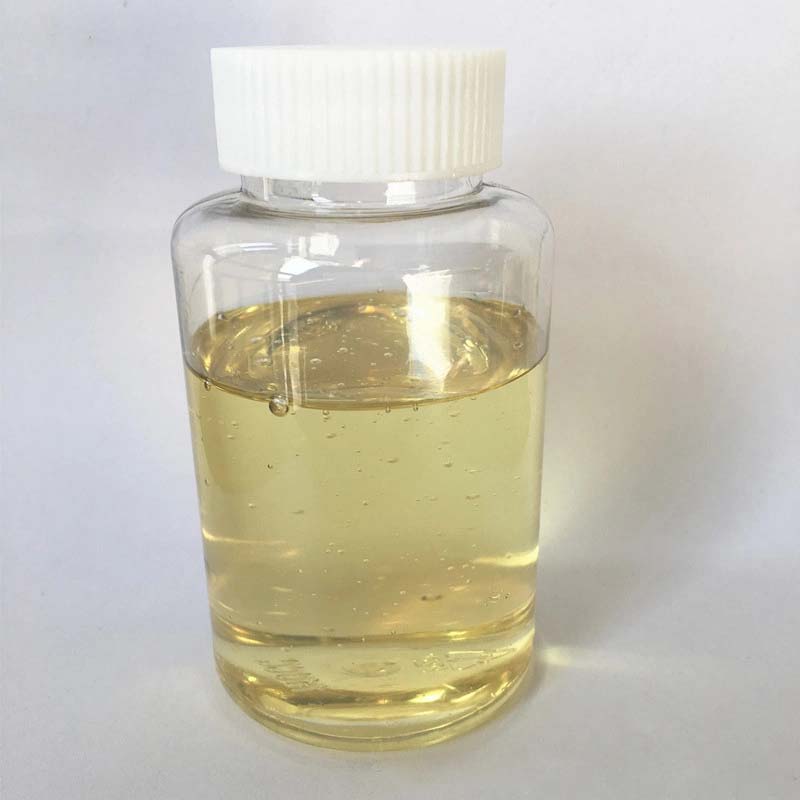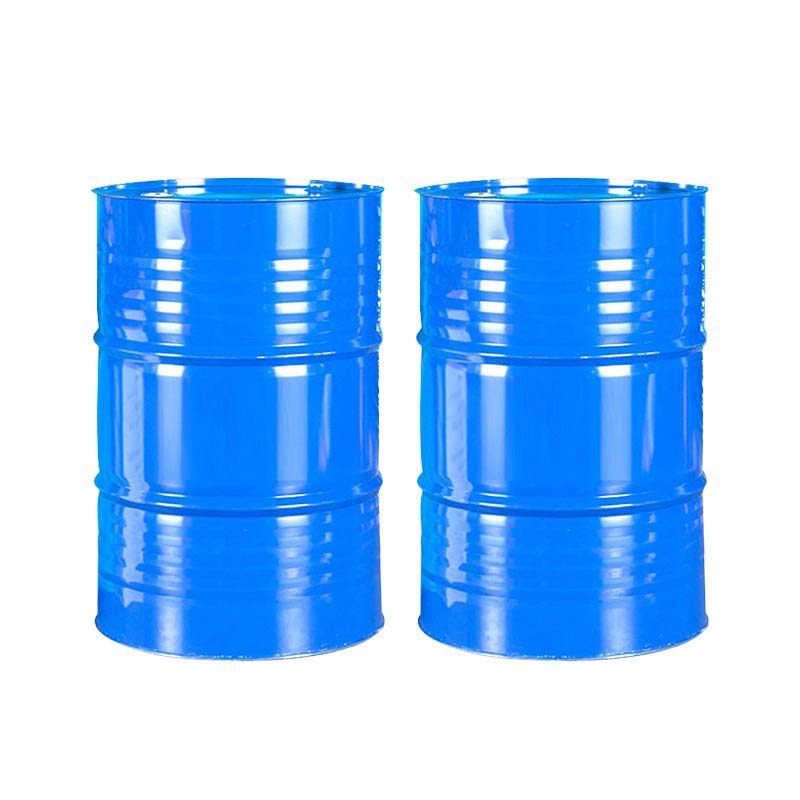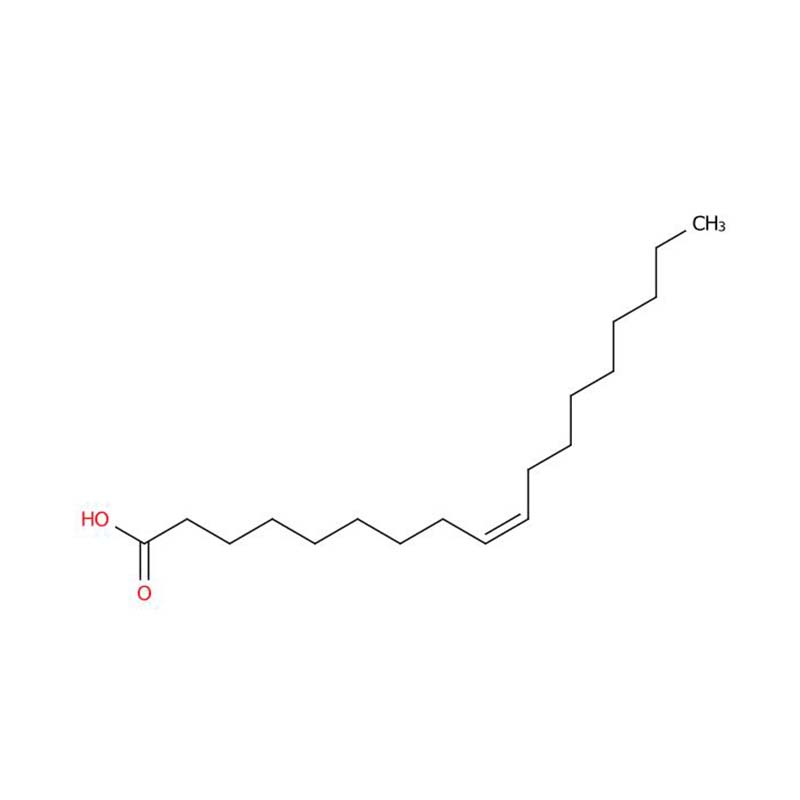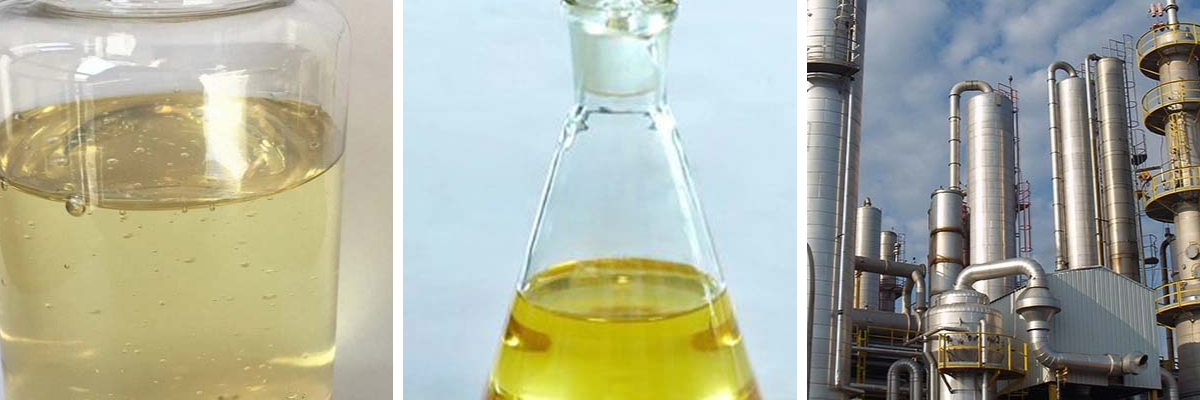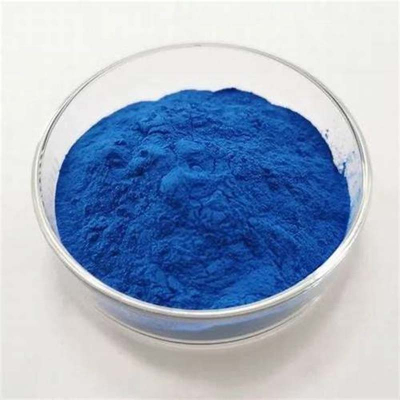Oleic acid
Naturally Abundant & Plant-Derived: As the most prevalent naturally occurring unsaturated fatty acid, it is primarily obtained from plant sources such as sunflower and olive oil, offering a renewable and biocompatible feedstock.
Versatile Solubility & Emulsification: It exhibits high miscibility with common organic solvents including ethanol, ether, acetone, and DMSO. With lipophilic characteristics (HLB ≈ 1), it serves effectively as an emulsifier, lubricant, and carrier agent.
Broad Application Stability: It remains in liquid form across an extensive temperature range (melting point approx. 14°C, boiling point 360°C) and demonstrates good stability under recommended storage conditions (-20°C), making it suitable for varied industrial applications.
Commercially Accessible Grade: Supplied in standardized commercial grades with specified levels of saturates and other unsaturates, and available in bulk quantities (Minimum Order Quantity: 1 Full Container Load), ensuring a reliable and consistent supply for industrial usage.
Oleic acid is a monounsaturated omega-9 fatty acid featuring a cis carbon-carbon double bond in its structure. It serves as the principal component of olein and is the most widespread naturally occurring unsaturated fatty acid. It is commonly obtained through the hydrolysis or saponification of animal and vegetable fats, with the molecular formula CH₃(CH₂)₇CH=CH(CH₂)₇COOH.
Oleic acid occurs naturally as glycerides in many vegetable oils (such as olive and palm oil) and animal fats (including lard), forming a major constituent of these lipids. Commercial oleic acid typically comprises 7–12% saturated fatty acids—mainly palmitic and stearic acids—along with small amounts of other unsaturated fatty acids like linoleic acid.
Parameters
Melting point | 13-14 °C(lit.) |
Boiling point | 360 °C |
density | 0.89 g/mL at 25 °C(lit.) |
vapor density | 1.03 (vs air) |
vapor pressure | 52 mm Hg ( 37 °C) |
refractive index | n20/D1.377 |
FEMA | 2815 | OLEIC ACID |
Fp | 133 °F |
storage temp. | -20°C |
solubility | Miscible with ethanol, ether, acetone, chloroform, dimethyl formamide and dimethyl sulfoxide. |
form | Liquid |
pka | pKa 5.35(H2O,t =25) (Uncertain) |
Specific Gravity | 0.892 (20/4℃) |
color | Colorless to pale yellow |
Odor | Peculiar Lard-Like |
Odor Type | fatty |
biological source | plant (Sunflower) |
Water Solubility | negligible |
Sensitive | Air Sensitive |
Merck | 14,6828 |
JECFA Number | 333 |
BRN | 1726542 |
Hydrophilic-Lipophilic Balance (HLB) | 1 |
Dielectric constant | 2.5(20℃) |
Stability: | Stable. Combustible. Incompatible with strong oxidizing agents, aluminium. |
InChIKey | ZQPPMHVWECSIRJ-KTKRTIGZSA-N |
LogP | 7.698 (est) |
CAS DataBase Reference | 112-80-1(CAS DataBase Reference) |
NIST Chemistry Reference | 9-Octadecenoic acid (Z)-(112-80-1) |
EPA Substance Registry System | Oleic acid (112-80-1) |
Safety information
Hazard Codes | T,Xi |
Risk Statements | 23/24/25-34-40-43-36/37/38-38 |
Safety Statements | 36/37-37/39-26-36-36/37/39 |
RIDADR | UN 1198 3/PG 3 |
WGK Germany | 2 |
RTECS | LP8925000 |
F | 10 |
Autoignition Temperature | 363°C |
TSCA | Yes |
HS Code | 29161500 |
Hazardous Substances Data | 112-80-1(Hazardous Substances Data) |
Toxicity | LD50 i.v. in mice: 230±18 mg/kg (Or, Wretlind) |



